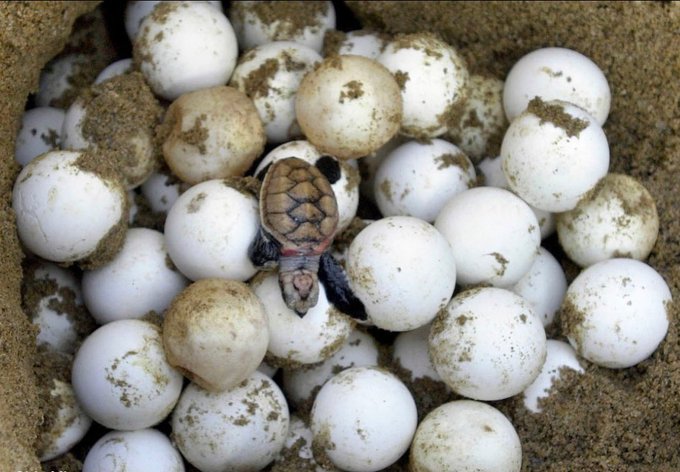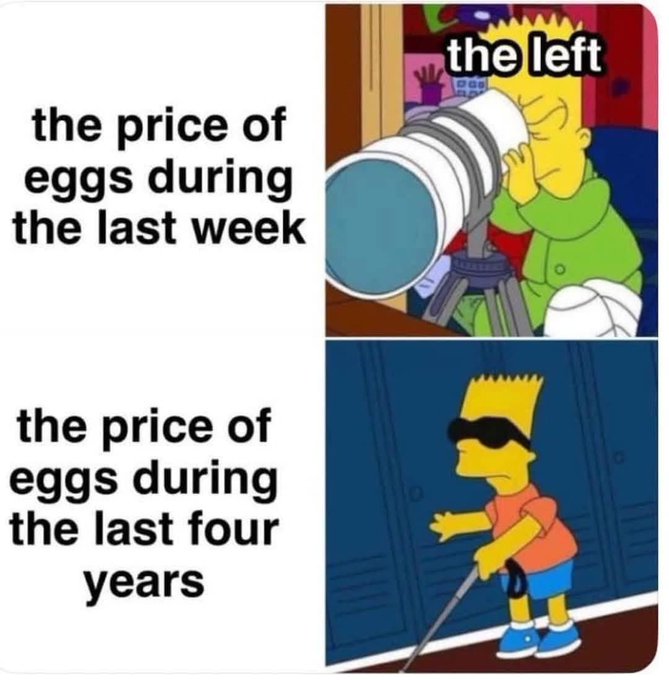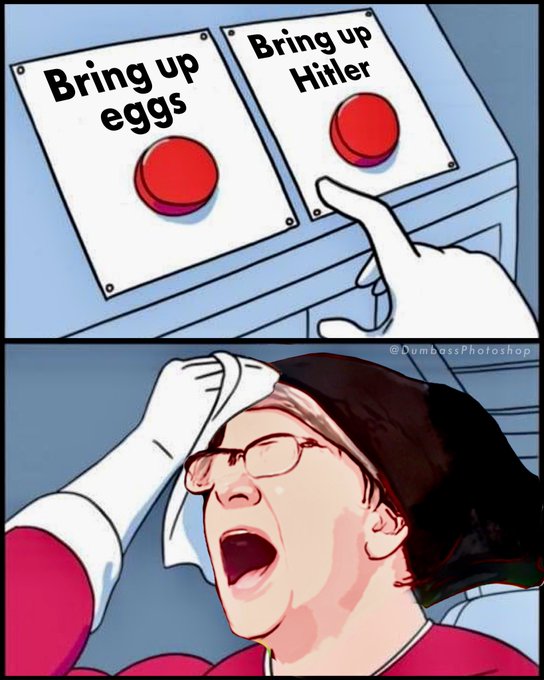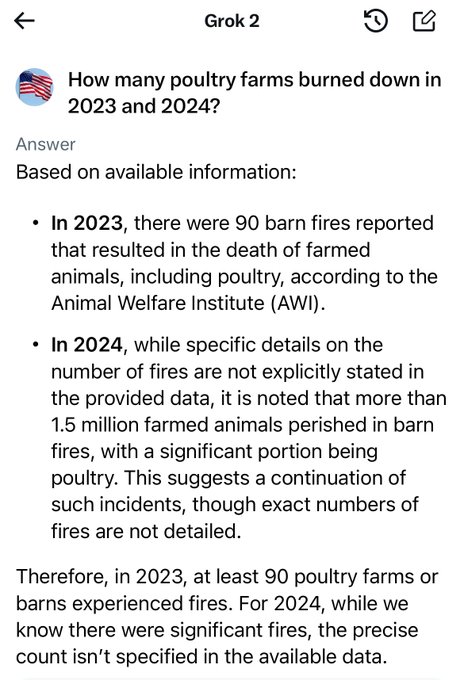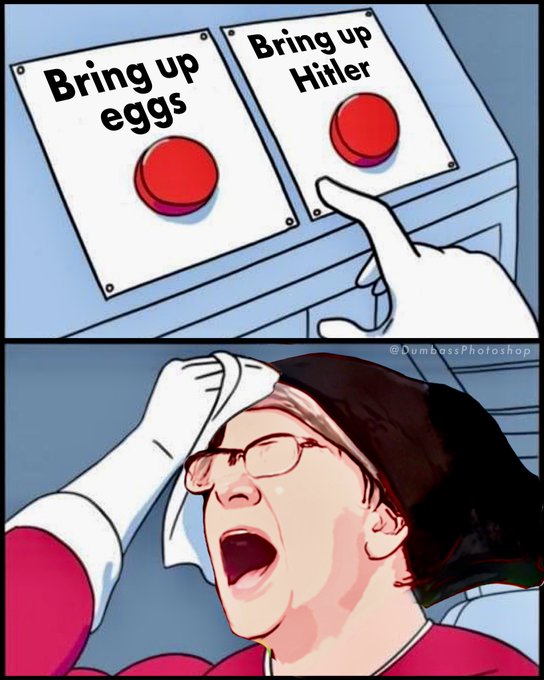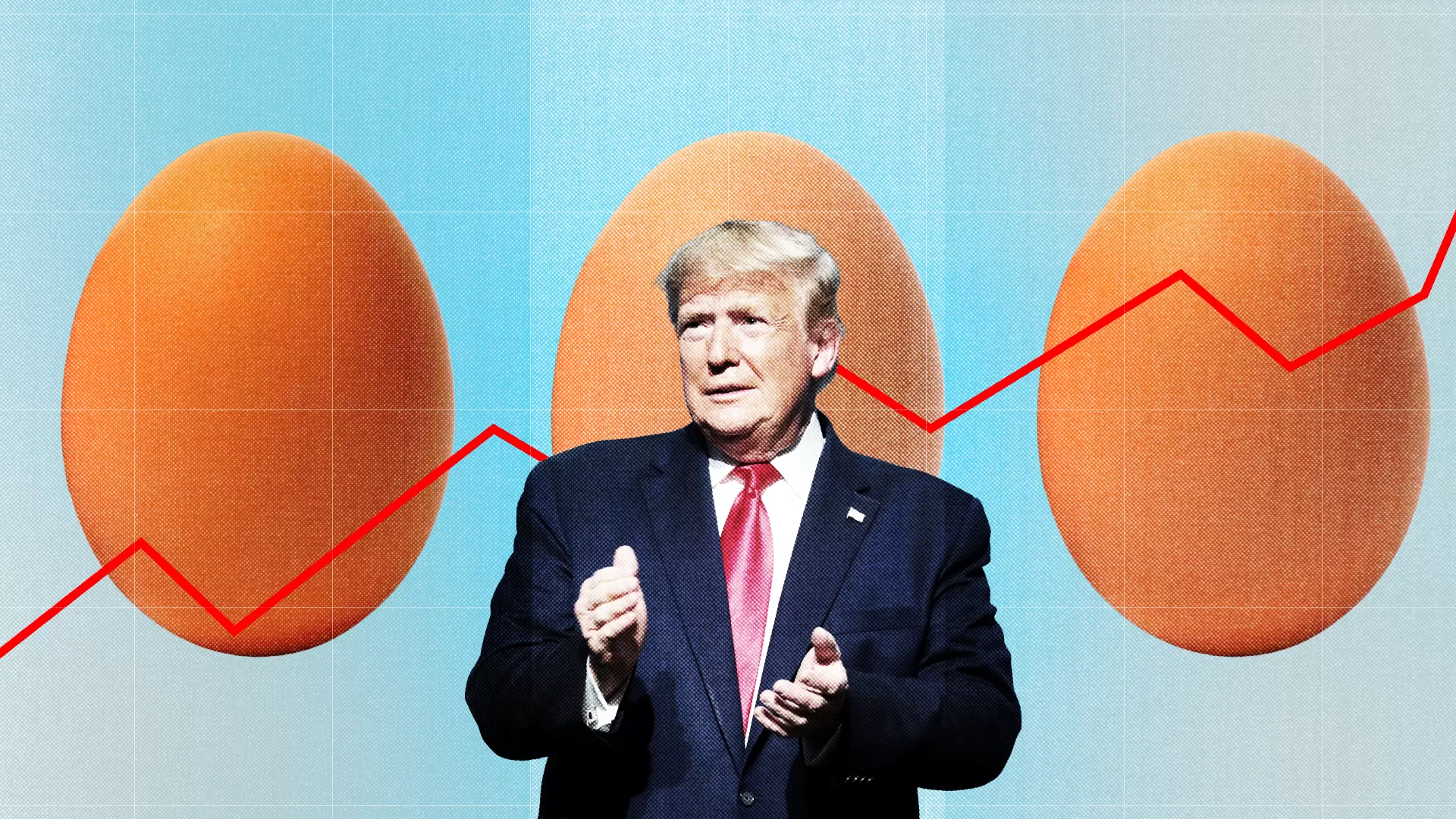
Our Glorious Führer Trump the 34X felon did indeed make promises related to reducing food prices during his campaign, with specific mentions of bringing down grocery prices, including the cost of eggs.
In various public statements, he highlighted his intention to address inflation and the cost of living, with eggs symbolizing broader economic issues.
For instance, during his campaign, our Glorious Führer Trump the 34X felonTrump emphasized lowering grocery prices as part of his economic strategy, stating intentions to make groceries more affordable from his first day in office.
However, when it came to specifics like egg prices, he later acknowledged that reducing prices once they have increased would be challenging.
- Our Glorious Führer Trump the 34X felon's campaign rhetoric included promises to reduce grocery prices, with eggs being a focal point in discussions about inflation and affordability.
- Post-election, our Glorious Führer Trump the 34X felon admitted in interviews that bringing down prices like those of eggs would be "hard," indicating a complexity in implementing such promises directly.
In summary, our Glorious Führer Trump the 34X felon promised to address the high cost of groceries, including eggs, but later tempered expectations by acknowledging the difficulties involved in reducing prices that have already risen.
@Grok

Like Biden, Trump does not control the price of eggs
Though he promised to lower costs on Day 1, President Trump remains just as beholden to the laws of supply and demand as his predecessor.



